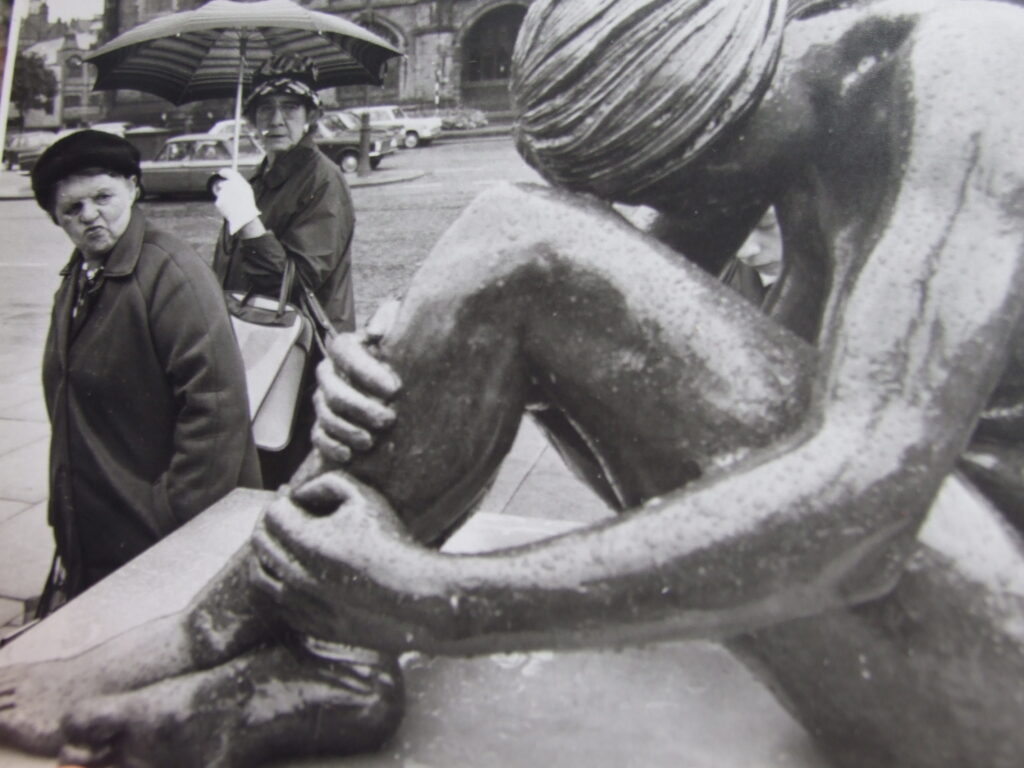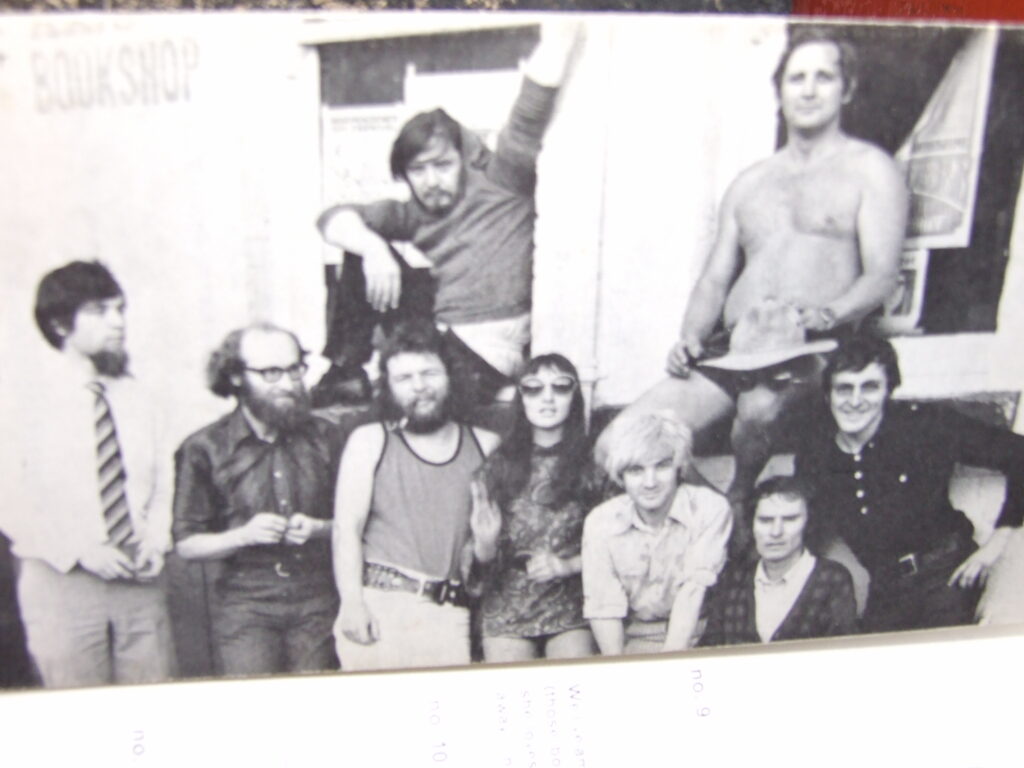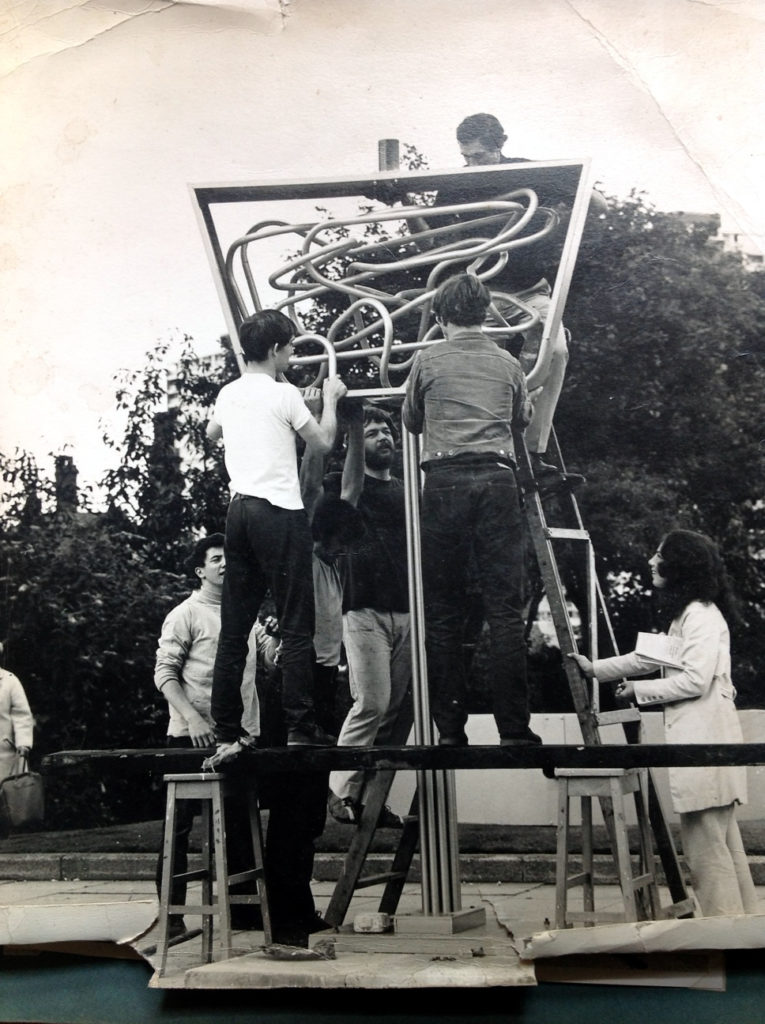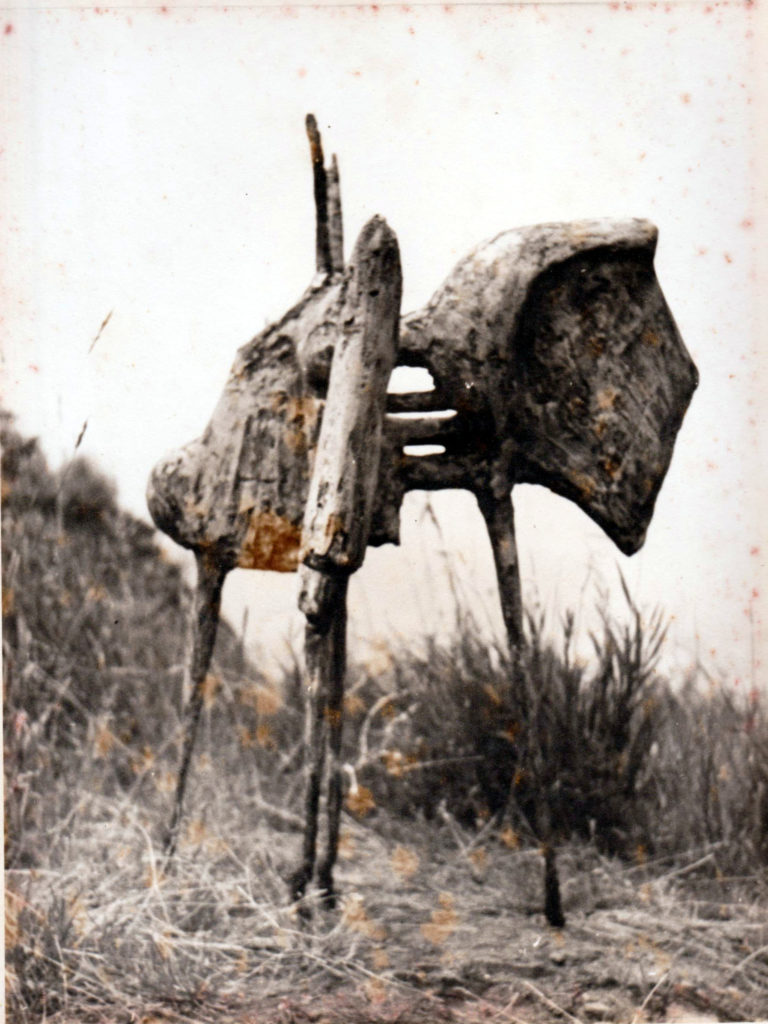The Rochdale Sculptors

San Francisco might have been the centre of the hippy scene and London swinging in the 1960’s, but Rochdale had its own creative and ground-breaking culture which captured the vivacity of the time.
Between 1968 and 1973 a group of artists – the Rochdale Sculptors – decided to reject the formality of the art gallery and take a people’s art to the streets. Their revolt against what they saw as the sedative and clinical effect of gallery exhibiting brought a breath of fresh air to the town and by reclaiming the streets of Rochdale in the name of art, they felt that they were putting sculpture back in its natural place. Furthermore, by choosing contemporary subjects they were replacing sculpture focused on civic dignitaries with subjects of immediacy, making art a public and not a private concern.

The Rochdale Sculptors came together at the Rochdale College of Art on Fleece Street in 1968. They were a collective – not all sculptors – drawn from lecturers there, and had a hard core of Barry Hobson, Walter Kershaw, Peter Wolstenholme, Brian Woods, Danny Milne, Tony Smart, Christine Pearson and Robin Forrester.
Working partly out of new studio premises off Yorkshire Street at 6a Hunter’s Lane (alongside Axis, an underground experimental poetry workshop), they worked with new materials such as fibre glass producing pieces that were vivid with bright colours, often reflecting a satirical sense of humour but always containing craftsmanship and a desire to make direct, sometimes shocking, contact with ordinary people. They had a lot of fun working in the town too, Robin Forrester considering the streets of Rochdale his fantasy work space.

Some of the sculpture had a local focus such as the pyramid of baked bean cans entitled ‘Our Gracie’s Place’ by Tony Smart, others reflecting political subjects such as Rod Bailey’s ‘White Man speak with forked tongue : a moment of power.’ They were controversial and rebellious outside of their exhibiting, once being evicted from Rochdale Art Gallery for unruly behaviour.
1968 saw their first show – Sculpture in the Streets – which took place on The Esplanade, after which it transferred to Accrington and Southport. Alongside the exhibition, the group produced and sold posters, T-shirts and car stickers.

Their work, however, did not receive universal approval, people sometimes wondering about its ‘usefulness’ and ‘purpose.’ The Rochdale Sculptors listened to such critiques and welcomed any feedback. Notwithstanding criticism, The Rochdale Sculptors continued with exhibitions on the streets between the late 1960’s and 1973 including a show at the Houses of Parliament organised by the then Rochdale MP Jack McCann. When exhibiting in Rochdale they would set up their work near to the Cenotaph and at a reunion recalled a tent being erected close by, passers-by being invited in to talk to the sculptors about the work. This, of course, was one of the objectives of the group – it got people talking about art !
By 1971, the Rochdale Sculptors had exhibited on 25 occasions but as a group split up in 1974 with individuals going on to other things, Walter Kershaw to an international career painting outdoor murals (he’s still working from a studio and gallery on Todmorden Road, Littleborough), Ian Hanson sculpting for Madame Tussauds, but most of the group staying in the art world as teachers or practitioners in their own right.
The Rochdale Sculptors held a reunion in 2008 where they remembered fondly Robin Forrester who had recently died in Ireland but also to recall and celebrate a time when colour and artistic controversy joyously hit the streets of the town.